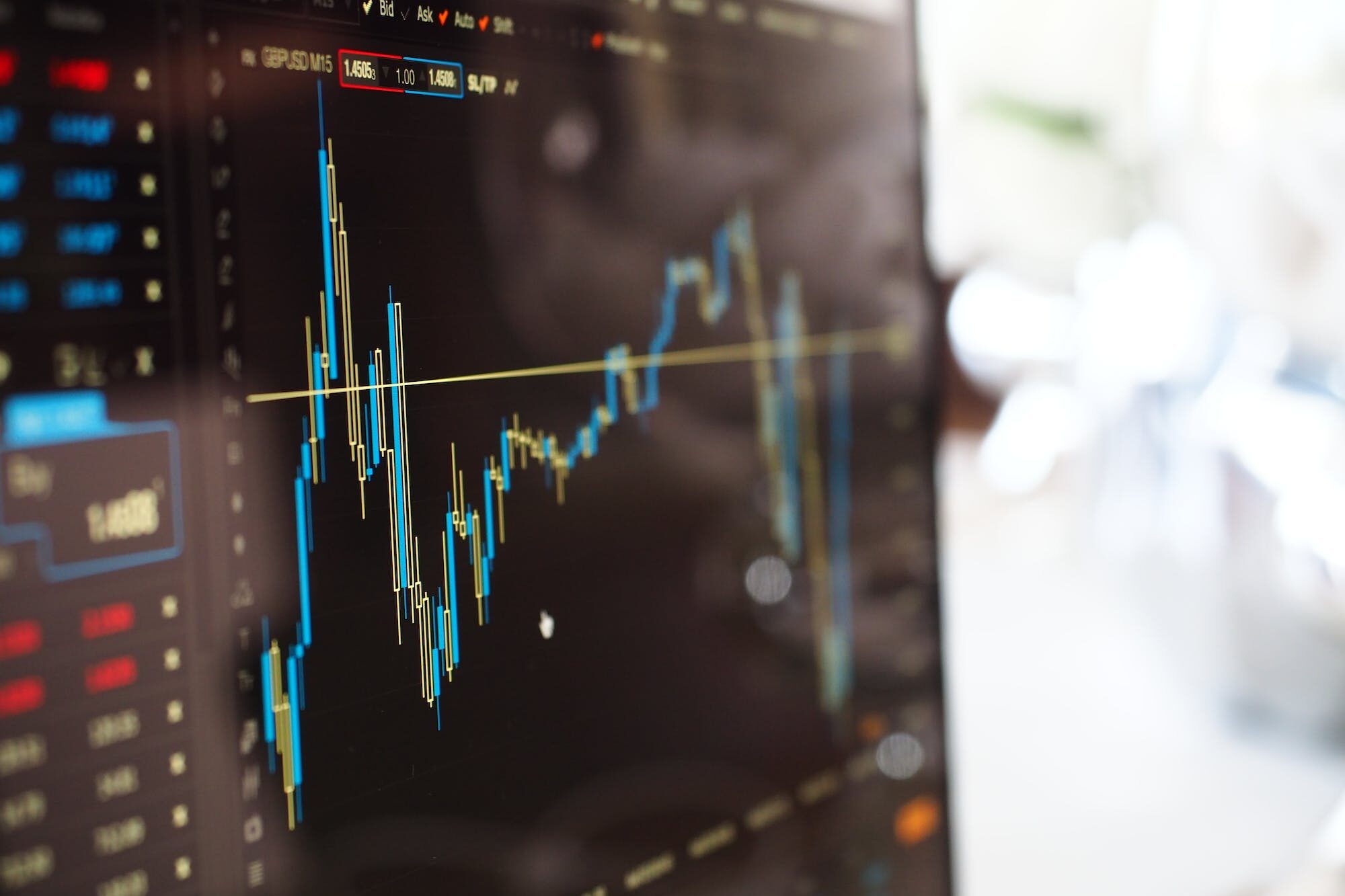
By Adrian Black
Ahead of announcing a delay to his so called Liberation Day tariffs, US President Donald Trump referred to people viewing the US bond market as “a little queasy”.
Local traders and investors have also been seasick as recession fears, tariff deadlines, a subsequent backflip and an escalating US-China trade war sent the ASX rocking violently into the red or green each day as markets were lashed in a sea of uncertainty.
“There’s starting to be a real concern that we’re going to see a recession, and recession is going to come fairly quickly in the US,” ATFX chief market analyst Nick Twidale told AAP.
“We’ve got estimates on what’s going to happen and how these tariffs are going to impact industry-by-industry but no one really knows how bad it’s going to be.”
While the US only accounts for six per cent of Australian exports, China buys a third.
The upgraded 145 per cent US tariffs on an already lumbering Chinese economy will mean China has less income for Australian goods and services, unless Beijing unlocks further stimulus.
“It’s a game of chicken and you’ve got the world’s two largest economies potentially not trading with each other and that’s going to have a huge impact on global growth,” according to Capital.com senior financial market analyst Kyle Rodda.
“I don’t know who blinks first.”
Local market winners were few, mostly gold miners as investors flocked to the safe haven, with gold itself surging to new all time highs yet again this week.
The traditionally defensive consumer staples stocks also finished higher, with Woolworths and Coles up more than three and five per cent for the week. The grocery giants are proven performers amid the adage of never letting a crisis go to waste.
Financials and materials stocks, which make up roughly half the Australian market, were each down more than 0.7 per cent for the week despite the bourse (briefly) enjoying its best day since 2020 on Thursday.
But as multi-year records and wild daily swings made for good headlines, cracks started to show in the US bond market, the $US29 trillion ($A46 trillion) ‘plumbing’ of the global financial system.
“The US Treasury pretty much underpins everything in the financial system,” Mr Rodda said.
“If you see a crisis of confidence there, everything seizes up.”
Demand for bonds and the US dollar – usually safe havens with an inverse relationship to shares – started to fall along with stocks as nations sold their US treasuries.
The bond sell-off reached levels not seen since 2001 during the dot-com crash and analysts have likened it to the covid-era “dash-for-cash” in March 2020, with both preceding major downturns in global markets.
Another safe haven, the US dollar, also dropped sharply at the end of the week after US inflation fell more than expected.
The Australian dollar rose against the greenback on Friday but has been falling against most major currencies for weeks, with its fortunes tied closely to China’s and its less-liquid Yuan.
A weaker Australian currency could help offset some of the US tariff effects for local exporters to the US but it will also mean fuel, imports and overseas holidays become more expensive.
Markets will likely be at the mercy of headlines as trade partners pitch US market access over the next 88 days but the call that really mattered was the one neither China nor the US were so-far willing to make, Mr Rodda said.
“The key in these situations, is one side needs to be able to provide the other an off-ramp to de-escalate and also save face,” he said.
“I don’t know what that off ramp necessarily looks like at the moment.”
Who can be trusted?
In a world of spin and confusion, there’s never been a more important time to support independent journalism in Canberra.
If you trust our work online and want to enforce the power of independent voices, I invite you to make a small contribution.
Every dollar of support is invested back into our journalism to help keep citynews.com.au strong and free.
Thank you,
Ian Meikle, editor









Leave a Reply